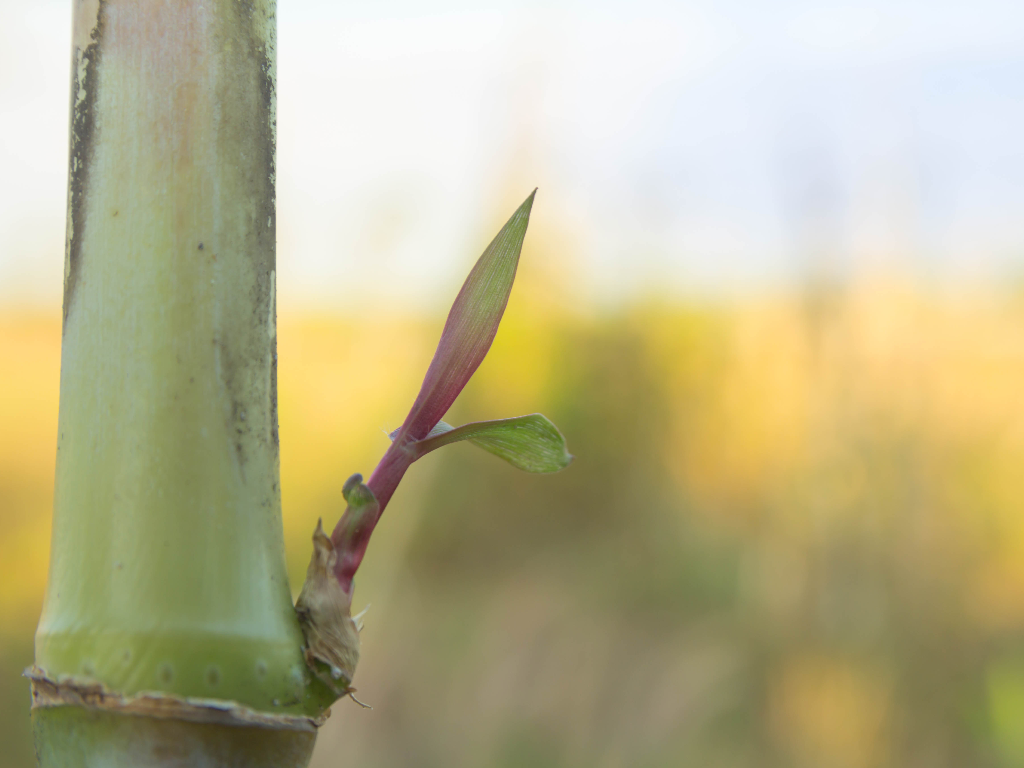The sugar market in East Africa demonstrated mixed trends during the final week of November. In Nairobi and Mombasa, brown sugar prices saw a rebound after earlier declines, reflecting shifting supply and demand dynamics. Prices in Nairobi increased by 3.18% (USD 29), reaching USD 940 per metric ton, while Mombasa experienced a smaller rise of 1.54% (USD 14), bringing prices to USD 927 per metric ton. Kigali, on the other hand, saw a slight decline of USD 4 per metric ton, likely due to localized supply adjustments. Meanwhile, Kampala and Dar es Salaam reported modest increases of USD 2 per metric ton for Very High Polarization (VHP) sugar. Mogadishu retained its position as the most affordable market in the region, with prices remaining steady at USD 690 per metric ton, bolstered by consistent import activity.
Import parity trends highlighted the ongoing challenges for traders in the region. The COMESA Free Trade Area (FTA) recorded a slight positive import parity of USD +3 in Mombasa, signaling a marginal improvement in competitiveness. However, the COMESA non-FTA source maintained a negative parity of USD -18, reflecting its disadvantage due to higher landing costs. The EAC market continued to struggle, with brown sugar imports into Nairobi showing a negative parity of USD -55, making imported sugar from this source significantly more expensive than locally produced options. The world market remained unviable, with VHP sugar imports reflecting a deeply unfavorable parity of USD -631, effectively excluding this source from consideration.
Port activity during the week featured notable shipments into East African destinations. Several vessels arrived or were en route, bringing sugar from major global suppliers. Among these were the Prince Khaled, carrying 7,000 metric tons of refined sugar from Kandla, India, to Berbera, Somalia; the Golden ID, also from Kandla, delivering 27,400 metric tons of refined sugar to Berbera; and the Golden Shark, which was anchored in Kismaayo, Somalia, with a shipment of 4,000 metric tons of refined sugar. Additionally, the Ivone was underway from Paranaguá, Brazil, transporting 27,000 metric tons of VHP sugar to Mogadishu. These consistent arrivals contributed to Mogadishu’s ability to maintain competitive pricing, further solidifying its position as the region’s most cost-effective market.
The final week of November underscored a general upward trend in sugar prices across the East African Community (EAC) region, driven by recovering demand and stock replenishments. Nairobi continued to lead in pricing for VHP sugar at USD 940 per metric ton, while Mogadishu remained the lowest at USD 690 per metric ton. Despite some improvement in COMESA FTA import parity, the EAC market remains an expensive source for imported sugar due to elevated landing costs. Traders remain hopeful for more favorable conditions as parity trends stabilize, but the inaccessibility of the world market continues to limit options. The volatility seen in November is expected to persist, keeping regional stakeholders on high alert for future shifts in supply and demand dynamics.
Source: Kulea
Compiled by Victor Agut of the Kenya Sugar Board

